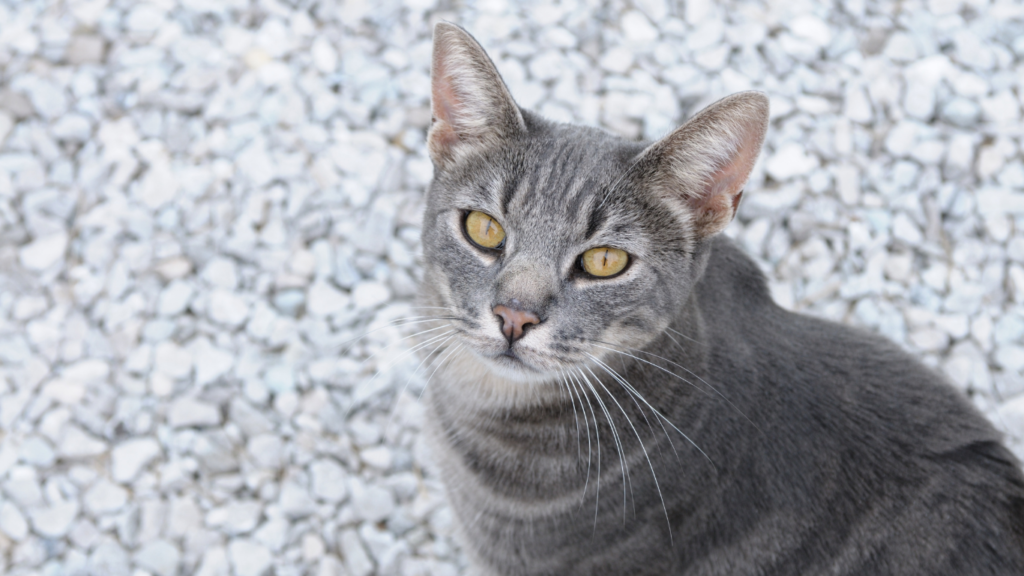
Cat spaying is the common word for the surgical surgery that sterilises a female cat by removing the ovaries and uterus. Spaying a cat has various health benefits, hence it is advised that all non-breeding female cats be spayed. First and foremost, spaying a cat reduces the incidence of ovarian and uterine cancer. Breast cancer is the most common malignancy in un-spayed female cats, and if your cat is spayed before her first heat cycle, her chances of acquiring breast cancer are greatly reduced. The probability of developing breast cancer increases with each succeeding heat cycle. Spaying your cat is the most obvious way to avoid unwanted pregnancies in kittens. Cats mature quickly, and it is now advised that most cats be spayed between the ages of four and six months.
The term “cat neutering” refers to the surgical procedure of removing a male cat’s testicles in order to sterilise it. The majority of the behavioural benefits of neutering cats come from the fact that neutered male cats make better pets. When male cats reach puberty, they go through a series of behavioural changes that make them less appealing as pets. A male cat will get more territorial and start spraying urine to designate locations even within the house. The odour of male cat urine is quite strong and difficult to get rid of. Cats who have not been neutered have a proclivity to roam and attempt to escape to the outdoors. They frequently battle with the neighbourhood cats, which can result in bite wounds, more serious injuries, and dangerous infections. FIV and FeLV, which are incurable and lethal infections, are more common in unneutered male cats. It’s best to neuter your male cat before it reaches puberty, which usually happens between the ages of 5 and 7.
Every kitten is checked by a vet
Stool test done to ensure no infections
Kittens are transported with full care
Video proof of vet check shared
Registered with FCI, CFA, TICA
Guidance on kitten care after delivery
Diet plan shared for healthy growth
Tips on brushing &
cleaning
Information about kitten’s breed & behavior
Help available anytime after purchase













We are Cat Lovers with more than 5 years of expertise and united 5000+ families with their perfect feline.
Designed and Developed by Kvitamin Digital